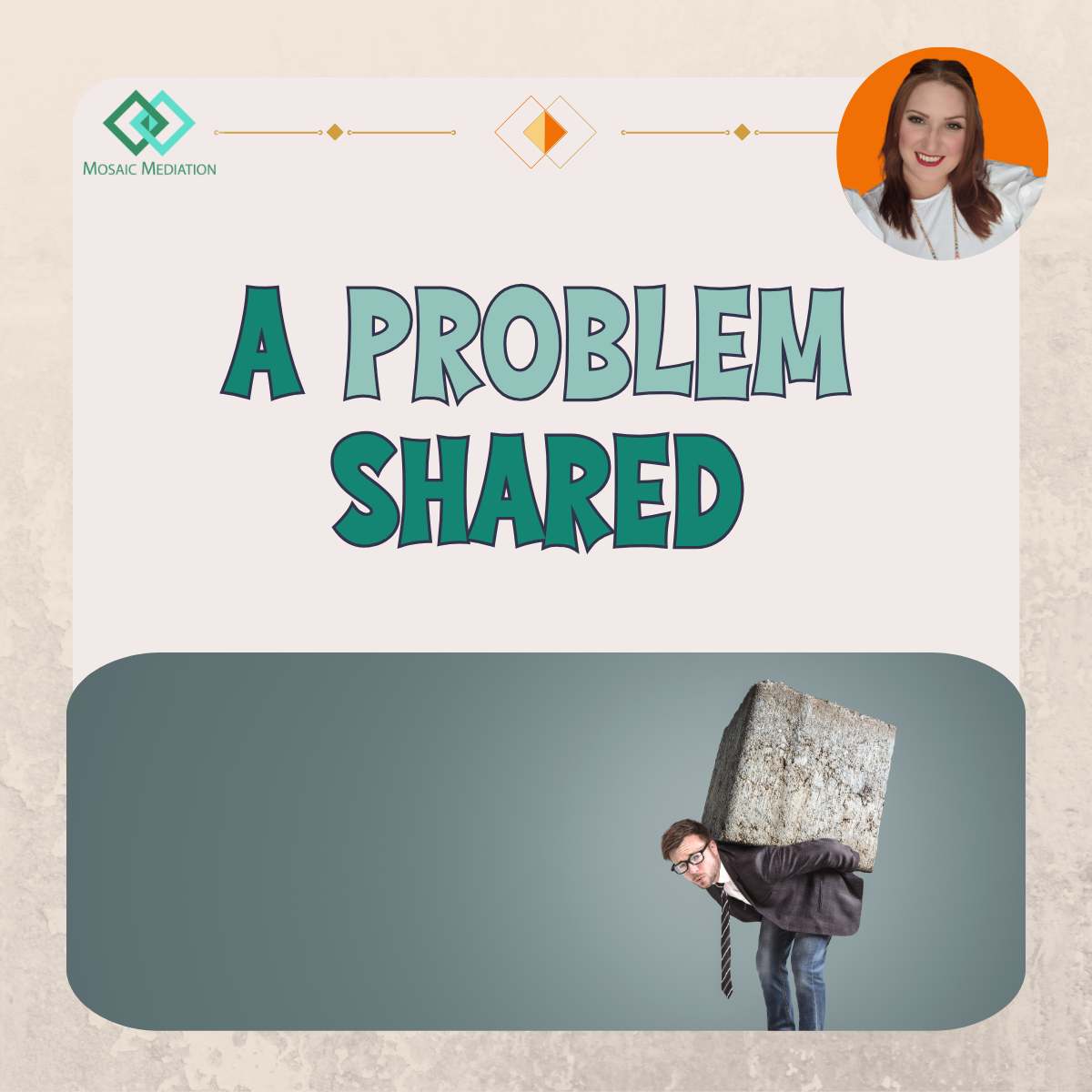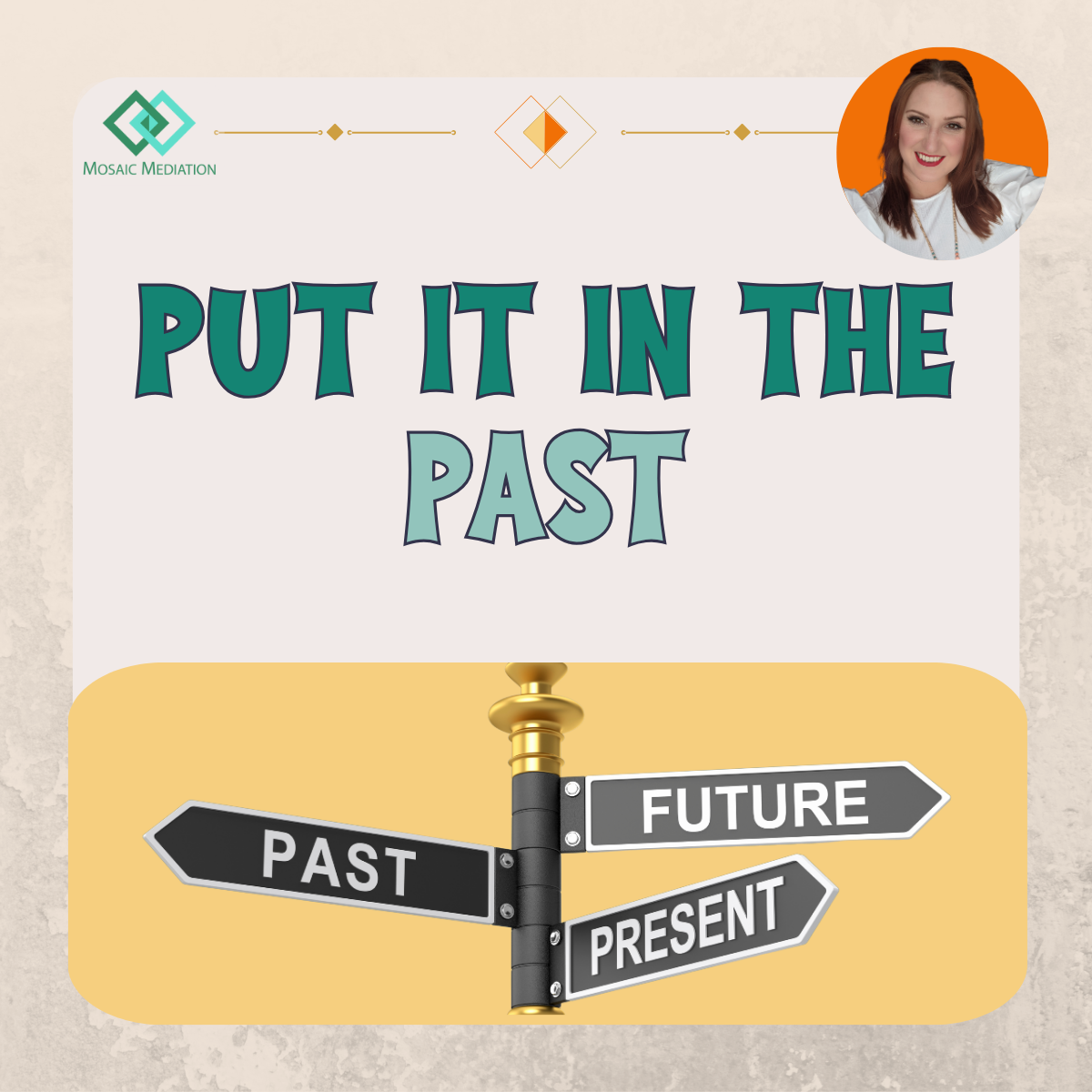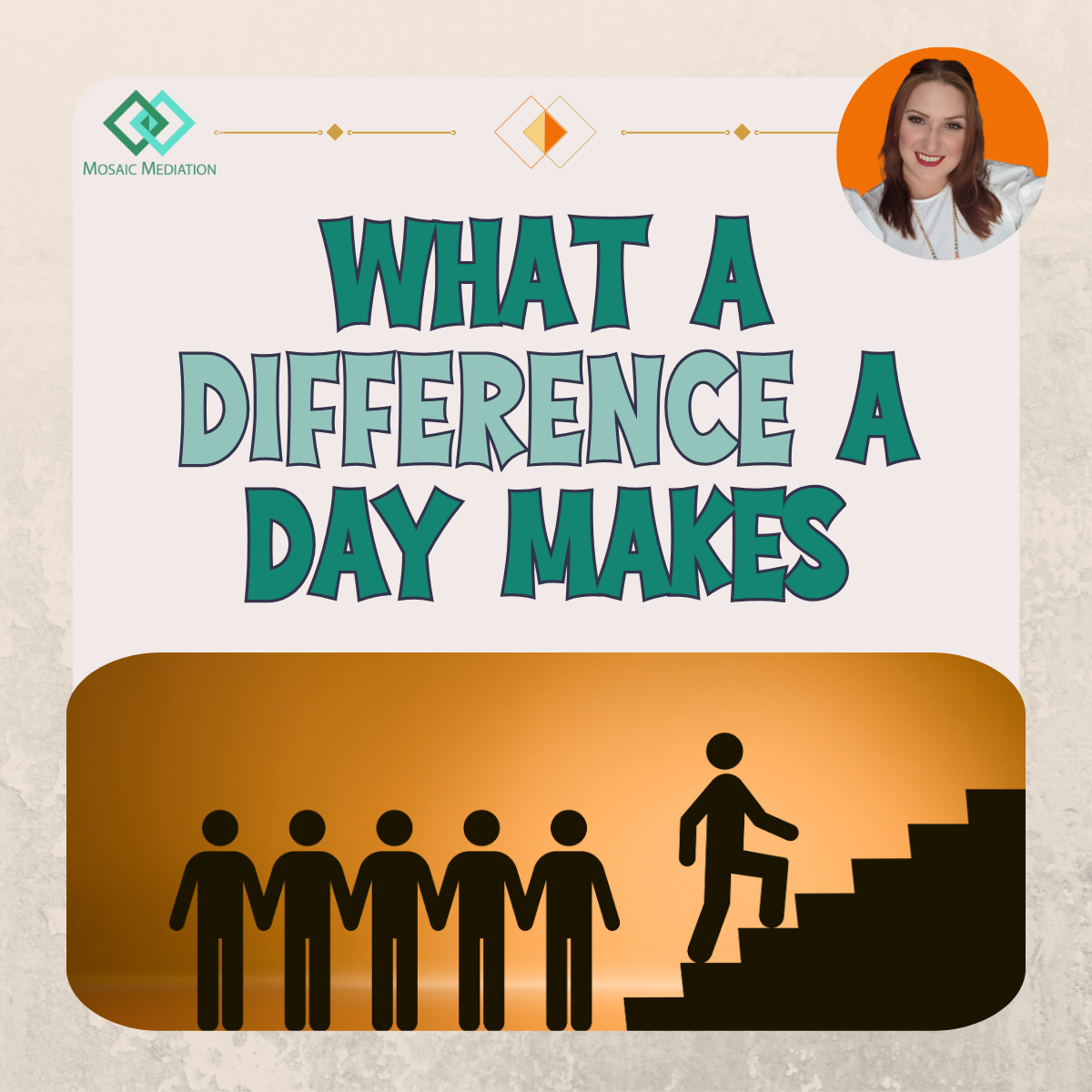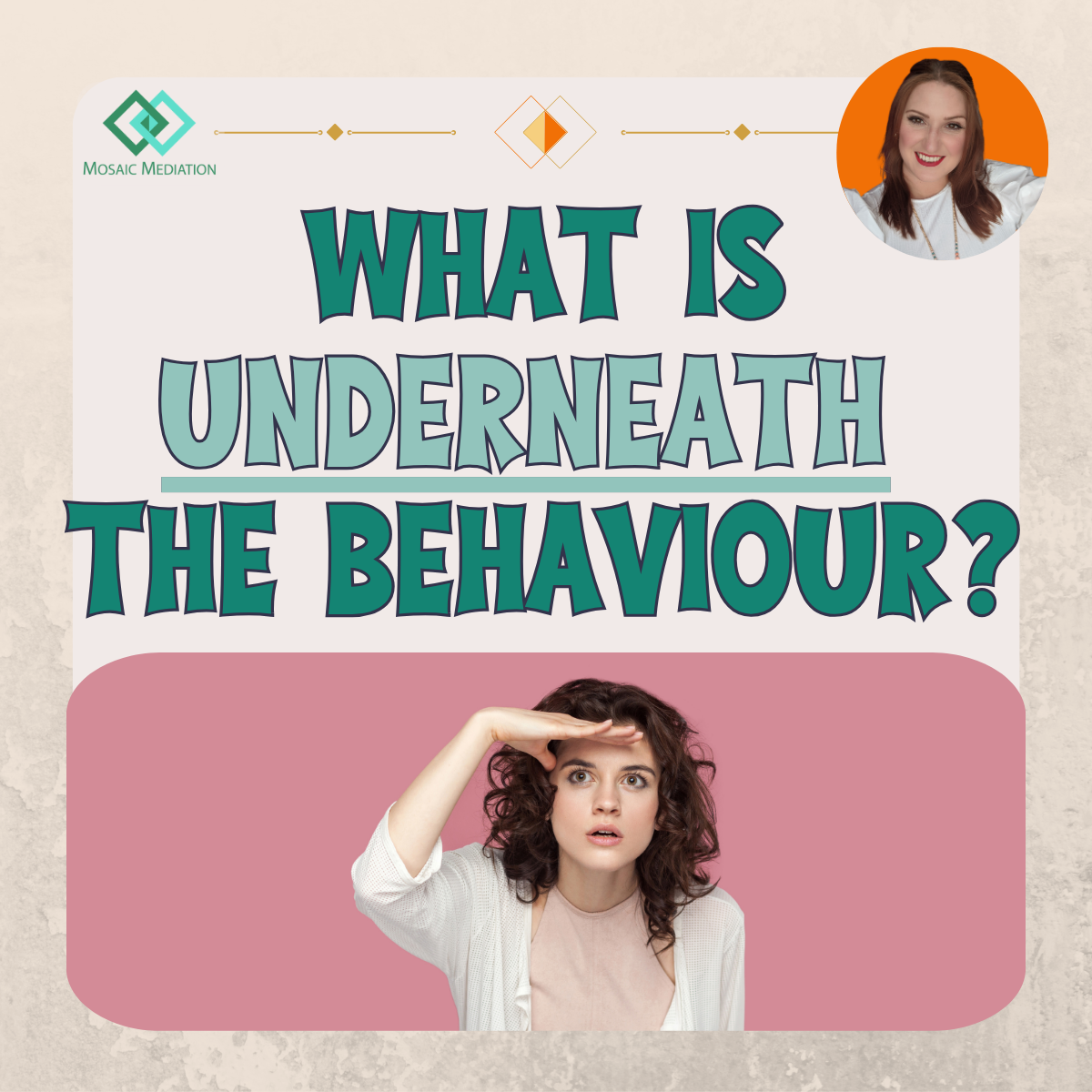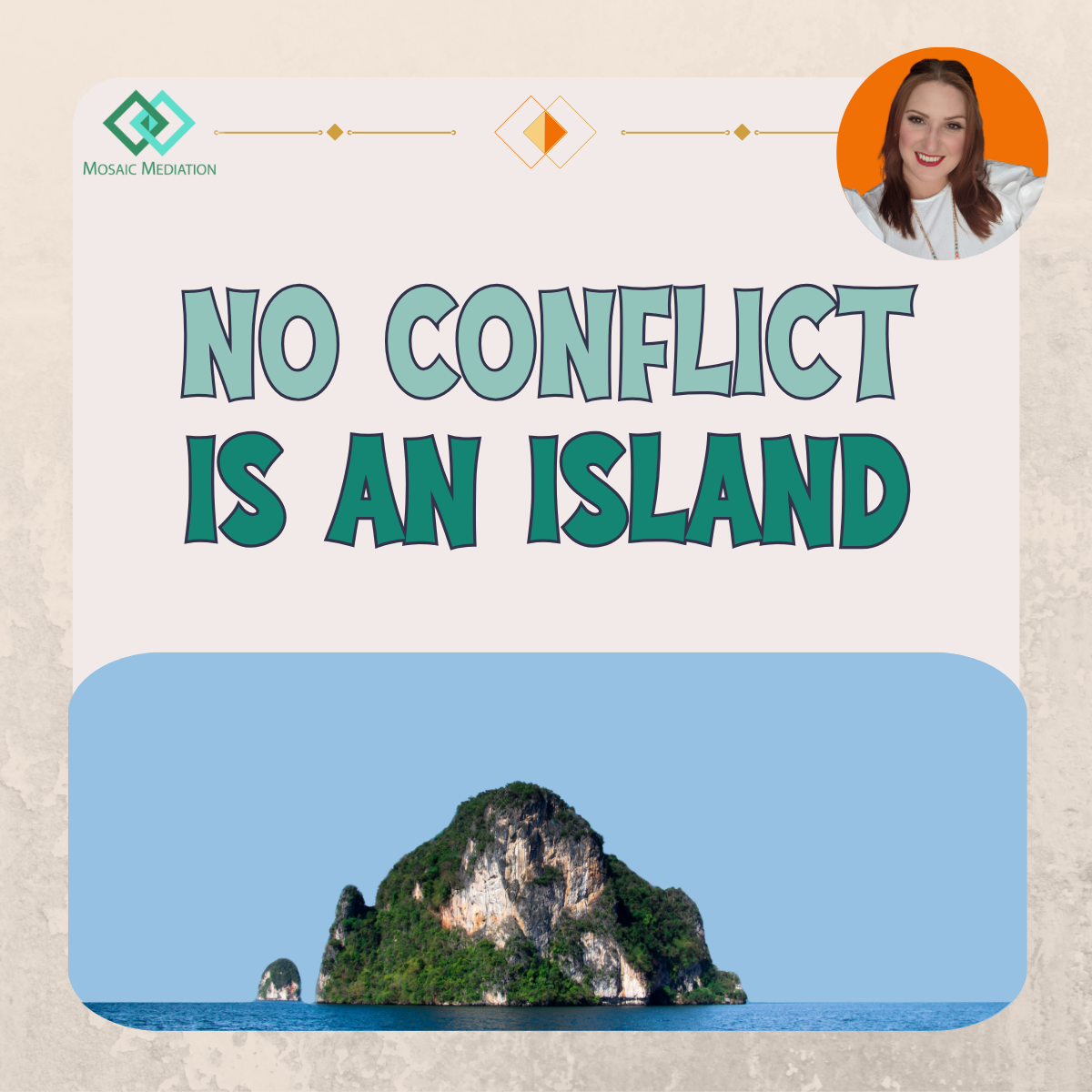Communicating Without Words
Exploring the importance of non-verbal communication.
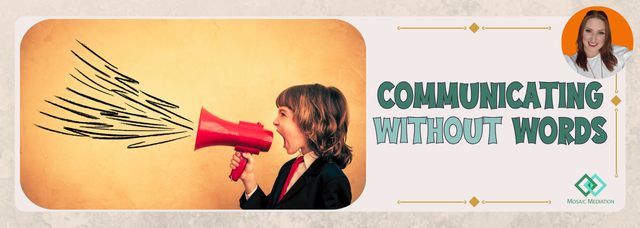
Do you know what your face looks like? I thought I did.
I still remember watching a family holiday video back with my husband and the shock of seeing my face pull the most bizarre expression that I had been in total ignorance of. I turned to my husband to question, “Do I make that face?! Have you seen me do that before?”
“Erm, sometimes…”, he replied with a smirk. It’s now become a bit of running joke in the years since…
Putting this silly story aside, people do think they know how they come across to others – in tone, facial expression, wording and body language. However, I am sure there are times when you have said or done something and another person provides feedback on how you came across which is entirely in contrast to how you intended.
“The greatest problem with communication is the illusion that it has been achieved.”
I find it quite helpful to be the neutral person in a tricky conversation with permission to ‘call out’ behaviours or communication that has the potential for misunderstanding or escalation.
For example, there may be times in a workplace mediation when an individual makes a statement, which the other people have a reaction to, but the individual is clearly unaware of how the statement was received by the rest of the room.
In a day-to-day scenario, the other people may have left the conversation, holding onto that statement, and dwelling on their perception and the assumed intention behind it. They may harbour frustration, hurt or anger about that moment. Meanwhile, the individual who made the statement continues to live in ignorance about the impact that statement had on them – and probably also the impact on their perception of this individual and their relationship.
In a mediation setting, I have the opportunity and permission to halt what is happening and draw attention to the unspoken issue. I am always fascinated by what happens in these moments and glad that there is an opportunity to clear up a potential misunderstanding immediately or use it as a moment to address genuine concerns about the statement or behaviour.
Even when words are not used, non-verbal communication matters as much as verbal communication because it still sends a message.
Some physical reactions are obvious, but some are more subtle. Which is why effective listening involves going beyond what someone verbalises. For example:
- When someone suddenly pulls back, I get curious about whether they are just need to readjust their position or whether they are trying to distance themselves from the other person or what has been said.
- When someone raises an eyebrow, I wait to see what they do or say next. Are they surprised by something? Or, are they just curious?
- When someone consistently makes eye contact with others but consistently does not with one or two people, I may discretely explore what I have seen with them (away from the others). Is it intentional or subconscious?
- When someone is repeatedly holding their hand over their mouth, seemingly subconsciously, I may proactively invite them to contribute to the conversation. And, if I am aware of some social anxiety or shyness, I may find a creative way to ensure they feel more comfortable to speak.
Sometimes, the message is misinterpreted, potentially influenced by the listener’s frame of reference. For example, for one person, if someone raised their voice in their childhood home the volume meant anger. Whereas, for another person, someone raising their voice was neither positive nor negative, it just inferred passion about the topic.
We may not always know what everyone’s frames of reference, of course. Yet, if we would like the message to be received as intended, it makes sense to be cognisant of potentially how both our verbal and non-verbal communication is coming across.
As one frame of reference, and as a mediator and DISC practitioner, I am also aware of the influence our communication styles have on both our behaviour and the perception of other people’s behaviour.
What for one person will seem like a neutral, factual statement might to another person seem aggressive. Or, where one person might start all emails with a greeting and "how are you?" question to be friendly, to another person this may seem unnecessary and disingenuous.
Some people are naturally ‘smiley’, whereas others do so only for the benefit of social etiquette and the benefit of others. What we infer or how we interpret other people’s behaviour and or other forms of non-verbal communication is significant and may not always be the reality.
What we think we would do; we often expect others to do. Therefore, if you are someone who smiles, makes eye contact and gives a cheery greeting to all, you are likely to notice when others don’t do that with you, and you might then assume a negative intention behind it.
In my opinion, the two best things about having an awareness of non-verbal communication are that:
a) Greater self-awareness of how someone might come across to others, even with the best of intentions.
b) Greater understanding of the fact that other people’s non-verbal communication may not be directed at them as much previously presumed (if at all), and that assuming intention based on your own frames of reference could be misleading.
We know that non-verbal communication is consequential to social interactions. Studies suggest that up to 93% of communication is non-verbal.
Even things that are not about body language or facial expressions can impact social interaction – such as the presence of mobile phones on the table. For example, when Elizabeth Dunn conducted a series of experiments, one study divided participants into two groups – one for those who kept their phones on the table and one for those whose phones were put away. The phone-on-the-table group reported being significantly more distracted, and to have enjoyed their social interactions much less than the other group.
So, what can you take away from this exploration of non-verbal communication?
Remember than miscommunication can happen even when words are not the point of contention. Words do matter, but sometimes the message that people are getting is coming from what is not being said.
So, it is worth seeking feedback on what others notice about your non-verbal communication and reflecting on what may have been a previous blind spot. And also be curious about what other people’s non-verbal communication truly means – and that the meaning you are applying to it may not be the reality.
Emma Jenkings is an experienced and accredited workplace mediator, SEND mediator, conflict coach, Peaceful Leadership coach, mental health first aider, mediator mentor, and DISC practitioner. Emma founded Mosaic Mediation to support and equip individuals and organisations with the training and techniques to improve relationships at work and beyond.
If you are aware of a situation that could benefit from specialist input, do get in touch via the ‘Contact’ page or by emailing: enquiries@mosaicmediation.co.uk .
